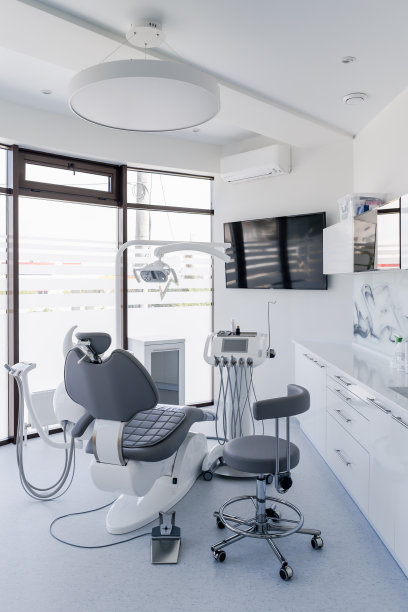The Journey of Extracting a Tooth Understanding the Process Pain Management and Aftercare Tips for Recovery
Summary: The journey of extracting a tooth can be both daunting and enlightening. This article provides a comprehensive overview of the entire process, from understanding the procedure itself to effective pain management techniques, and ultimately, essential aftercare tips for a smooth recovery. Readers will gain insights into what to expect during the extraction, the various methods used for pain control, and how to care for themselves post-procedure to foster faster healing. This guide is designed to demystify tooth extraction and ensure that individuals feel well-prepared and informed, helping to alleviate common fears and concerns surrounding dental procedures.
1. Understanding the Tooth Extraction Process

The journey of tooth extraction begins with a thorough consultation with a dentist. During this consultation, the dentist evaluates the tooths condition, reviews the patients medical history, and discusses the best approach for extraction. This may include determining whether the tooth is impacted or if there are complications that might require a surgical procedure.
Once the decision for extraction is made, the dentist will explain the procedure step-by-step. Typically, the process will involve administering local anesthesia or sedation to ensure the patient feels comfortable and pain-free. The dentist will then use specific tools to loosen the tooth and remove it from the socket, which can take anywhere from a few minutes to an hour, depending on the complexity of the extraction.
After the extraction is complete, the dentist will provide detailed instructions on what to expect during recovery. Understanding the process helps patients to mentally prepare and reduces anxiety associated with dental visits.
2. Effective Pain Management Strategies
Managing pain effectively is one of the primary concerns for anyone facing a tooth extraction. Dentists use various methods to ensure patient comfort throughout the procedure. The most common approach is the administration of local anesthesia, which numbs the area around the tooth and helps minimize discomfort.
In addition to anesthesia, dentists may offer sedatives to relax patients and reduce anxiety. Sedation dentistry allows patients to feel more at ease, creating a more positive experience. Those with a low pain threshold or severe anxiety may particularly benefit from these options.
Post-extraction, dentists usually prescribe pain relief medications or recommend over-the-counter pain relievers. Effective pain management is crucial for a smooth recovery, helping to control discomfort during the initial days after the procedure.
3. Essential Aftercare for Recovery
After the tooth extraction, proper aftercare is critical to ensuring that the healing process is smooth and free from complications. It begins immediately after the procedure, where the dentist will provide a gauze pad to help control bleeding. It is important to bite down gently on the gauze to promote clot formation.
Once the bleeding subsides, patients are advised to rest and avoid strenuous activities to prevent dislodging the blood clot. Consuming soft foods and staying hydrated without using straws are also key points during the initial recovery phase. These practices help to minimize irritation to the extraction site and promote healing.
In the days following the extraction, watching for potential signs of infection is vital. These may include increased swelling, persistent pain, or unusual discharge. If any of these occur, it’s essential to contact the dentist promptly to avoid complications and ensure a smooth recovery.
4. What to Expect During Recovery
Recovery from tooth extraction varies from person to person, but there are general timelines most can expect. Initially, patients may experience swelling and discomfort, which can peak within the first 48 hours post-extraction. Applying ice packs to the outside of the face can help reduce swelling.
Most individuals can return to their normal daily activities within a few days, although avoiding strenuous activities for the first week is recommended. It’s also advisable to maintain good oral hygiene, carefully brushing and rinsing the area around the extraction site to avoid infection.
As the healing progresses, the discomfort should gradually diminish. Following the dentists aftercare instructions diligently will significantly aid in recovery. Any persistent pain or discomfort should be communicated with the dental professional to ensure no underlying issues are present.
Summary:
In conclusion, the journey of extracting a tooth encompasses several crucial aspects—from understanding the extraction process to managing pain effectively and following adequate aftercare protocols. By being well-informed, patients can approach the procedure with confidence and ease, ensuring a smoother, faster recovery.
This article is compiled by Vickong Dental and the content is for reference only.


